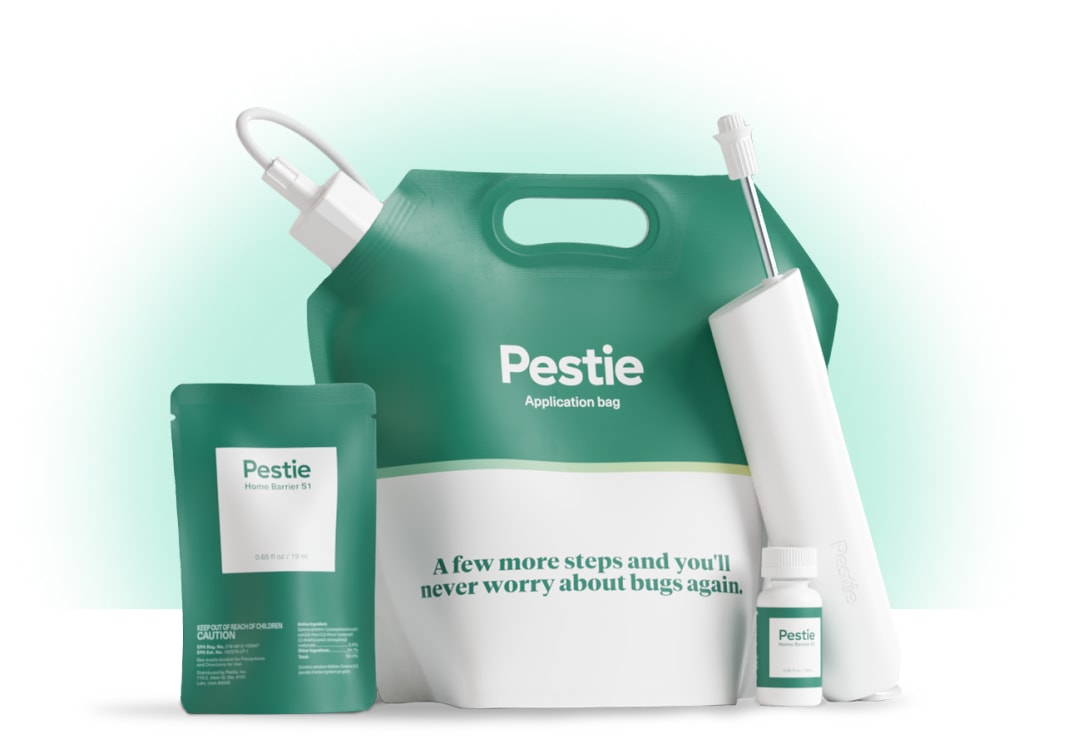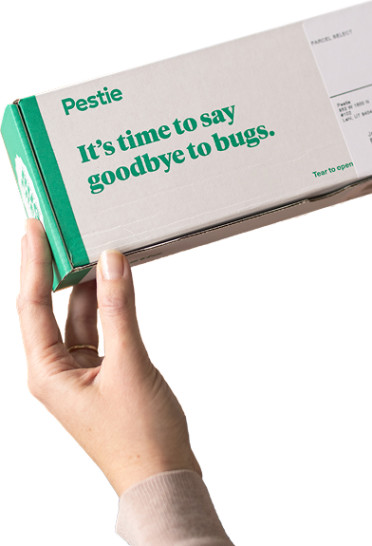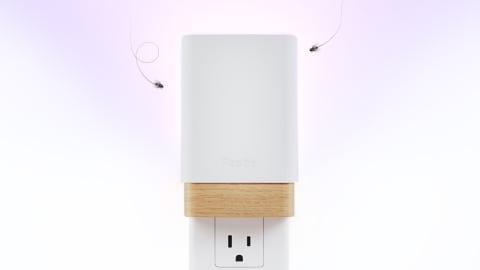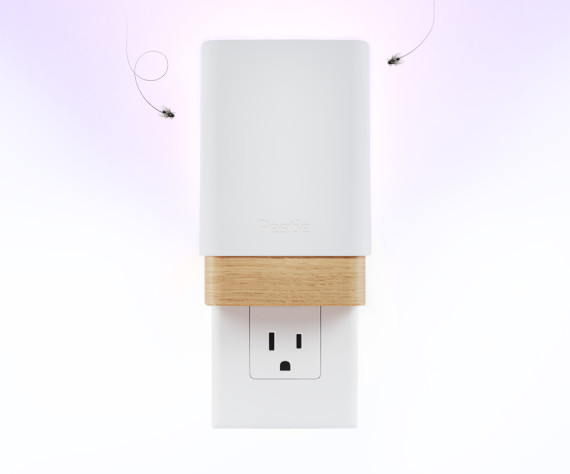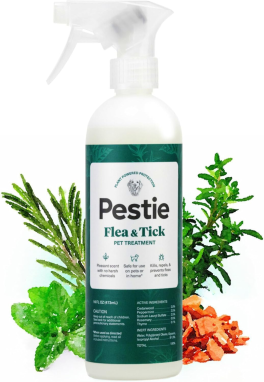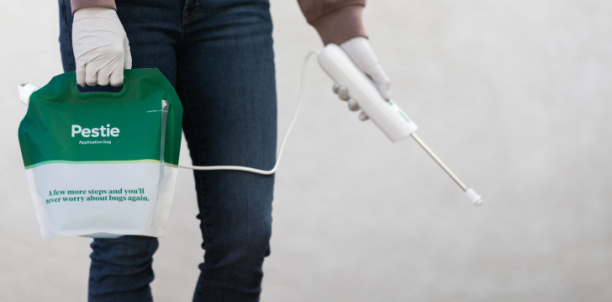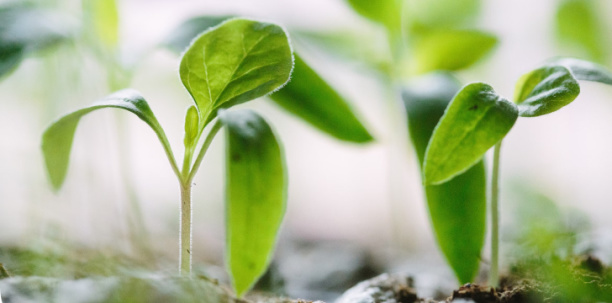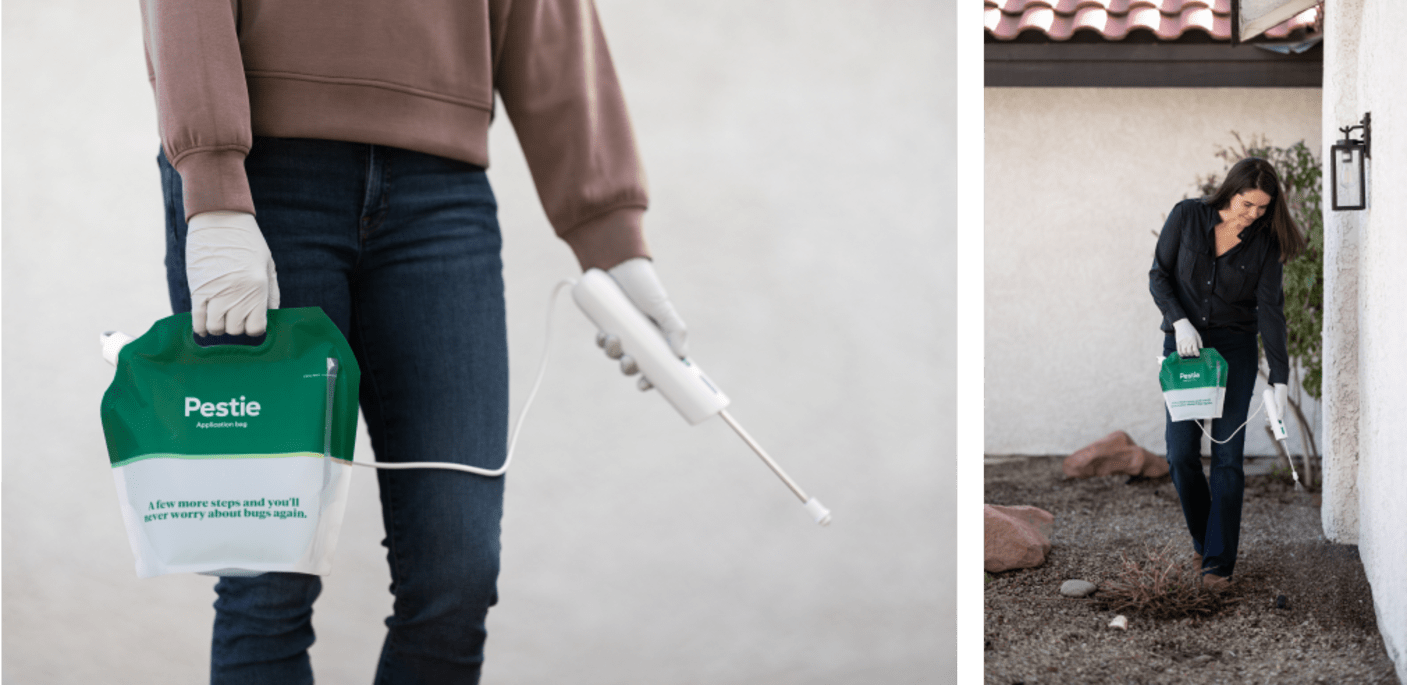How to identify and get rid of aphids
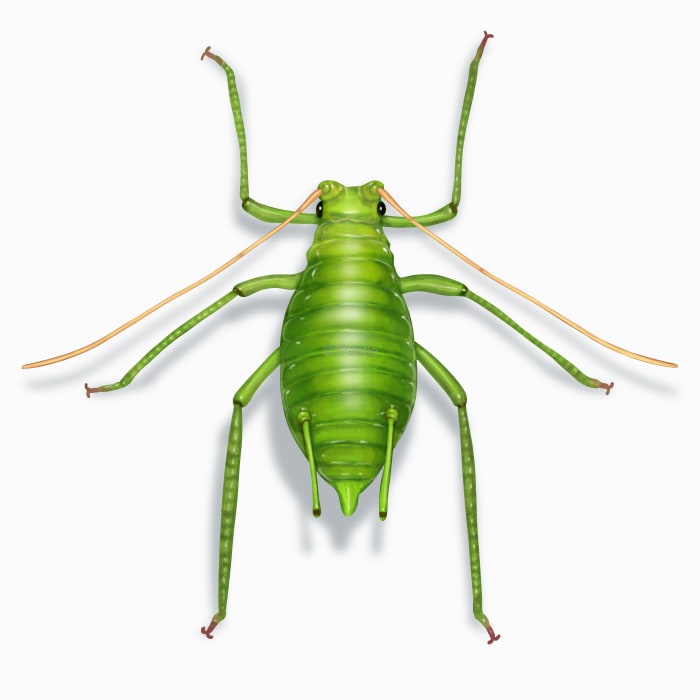
Invasion of the plant suckers: how to fight back against aphids
When we talk about aphid infestations, we often think about distant farms or gardens that have to deal with these tiny plant suckers. And yet, if you have house plants indoors or out, they too can be susceptible to these little pests.
Aphids are common, widespread insects that feed on the sap of many different plants. The females are capable of cloning themselves and can produce offspring rapidly, even without a mate. They often feed together in little colonies and can quickly weaken or damage your favorite plants.
They are known as one of the most destructive plant pests and can spread viruses among crops, gardens, and ornamental plants. Additionally, they produce a sticky, sugary substance called honeydew that drips on plant leaves and can create sooty mildew problems.
How to identify aphids
Aphids are small insects known for their straw-like mouthparts that suck up fluids. They are often green, black, brown, or sometimes pink.
Most aphids are females, usually found in clusters under leaves or on stems. They typically don’t have wings, although at certain times of the year, when resources are scarce, or adults need to mate, they will produce offspring with wings to move to another plant.
How big are aphids?
Aphids don’t get any bigger than 1/8th of an inch.
What other insects look like an aphid?
Several small insects could be confused with aphids, including adelgids, mealybugs, psyllids, thrips, and whiteflies. All of these insects suck plant sap and can be considered pests.
Where do aphids live?
With over 5000 species and counting worldwide, aphids live nearly everywhere. They live on their host plant and congregate on leaves and stems. Aphids can be found in farms, gardens, greenhouses, and landscaping plants.
How to get rid of aphids
Getting rid of aphids can sometimes be tricky, but control is possible if you take action often.
While some people go for a pesticide when they find aphids, the truth is that most aphids have developed resistance to insecticides and they aren’t very effective. Instead, mechanical control is the best solution. Aphids can be either picked off manually or sprayed with a jet of water. They don’t have a very tight grip and will easily fall off the plant.
Additionally, one of the best ways to prevent aphids from coming into your home is by spraying and maintaining a bug barrier. With the Pestie Smart Pest Plan, you’ll get a pro-grade, DIY solution delivered right to your door so you can enjoy a pest-free home year-round.
Treat aphids with Pestie
If you're still having trouble keeping aphids away, the best option is to use a pro-grade, effective pest control solution like Pestie.
Pestie is a do-it-yourself pest control solution that's specially designed to keep aphids and other pests away from your home.
With Pestie, you can rest easy knowing that your living space is protected and free of creepy crawlies. And the best part? It's designed for people, pets, and the planet, so you can say goodbye to harsh chemicals and hello to peace of mind!
- Save hundreds compared to traditional annual pest plans
- People, pet, and planet-friendly
- Pro-grade customized formulas
Quick facts
- Scientific name
Family - Aphidoidea
- Colors
Green, brown, black, pink, transparent
- Life span
1 month
- Diet
Plant sap of cultivated plants
How dangerous are Aphids?
Low danger risk
Aphids don’t pose any threat to humans. Their damage is focused on cultivated plants, including vegetable crops, fruit trees, flowers, and ornamental plants.
